Nothing is more delicious or nutritious than fresh asparagus. Add more asparagus to your diet with these five tasty ways to cook asparagus.
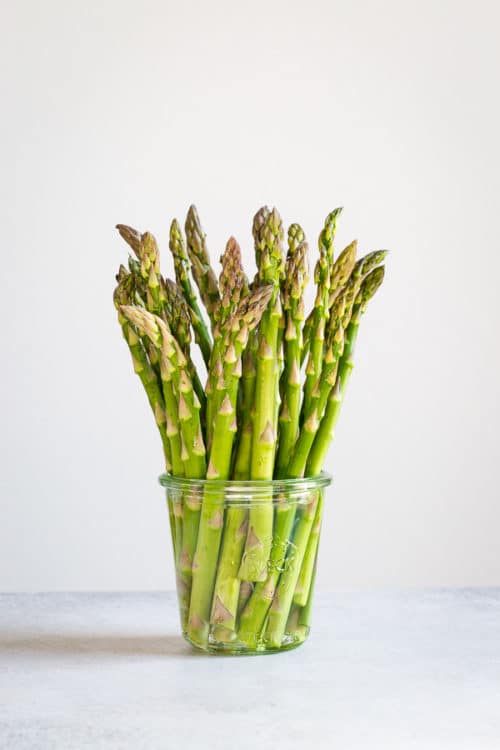
Perhaps no vegetable is more synonymous with spring than asparagus. These tender green shoots are available year-round, but budget savvy shoppers know the cost of asparagus drops dramatically during warmer months. Green asparagus is most common, but did you know that it can also come in purple and white varieties? This spring, try asparagus as a delicious side dish to toss a few crowns into your favorite salad.
What is asparagus?
That bundle of green stalks you selected from your grocer’s produce section are actually the shoots of the asparagus plant that have been harvested before they matured. It has a green woody stem topped with tiny triangular leaves called the crown.
When is asparagus in season?
In the United States, peak season for asparagus is April. However, you may notice a price drop starting in February. The season extends through the end of June.
What are the health benefits of eating asparagus?
If you are actively trying to watch your weight, asparagus is a great vegetable to incorporate into your diets. It’s a low fat, low calorie food high in soluble fiber, meaning you’ll feel full and stay full for a longer period of time.
Not only will the fiber in asparagus aid in healthy digestion, but asparagus is a natural diuretic. It can help flush excess fluids from the body to prevent bloating. It can also prevent the formation of urinary tract infections.
Asparagus is also loaded with vitamins and minerals, such as immune boosting Vitamin E and Vitamin K for bone health. It’s a great choice for women who are pregnant or trying to conceive, as it contains high levels of folic acid, which has been proven to prevent certain types of birth defects. The antioxidants found in asparagus can also help your body fight against some cancer-causing free radicals.
What should I look for when shopping for asparagus?
You may notice that some asparagus spears are larger than others. This merely signifies the stalk was more mature when harvested, but size does not affect the flavor. Look for stalks that are firm and smooth that are light green in color or have a slight purple tinge to them.
Next, examine the crowns. The leaves should be tight and compact. The stems and crowns should never be limp, mushy or wrinkled.
Preparing asparagus
If you’re not going to prepare the asparagus right away, it’s best to store stalks upright in a glass with the cut ends resting in a few inches of clean water. Cover the crowns loosely with a plastic bag to prevent them from drying out.
The cut end of asparagus can be dry, tough and woody – not very palatable. Before cooking, trim a few inches off the bottom of the spear. Larger spears may need to be peeled with a vegetable peeler. You can also gently bend the spear until it snaps. The asparagus will naturally break where the tough part of the stalk ends and the tender part begins.
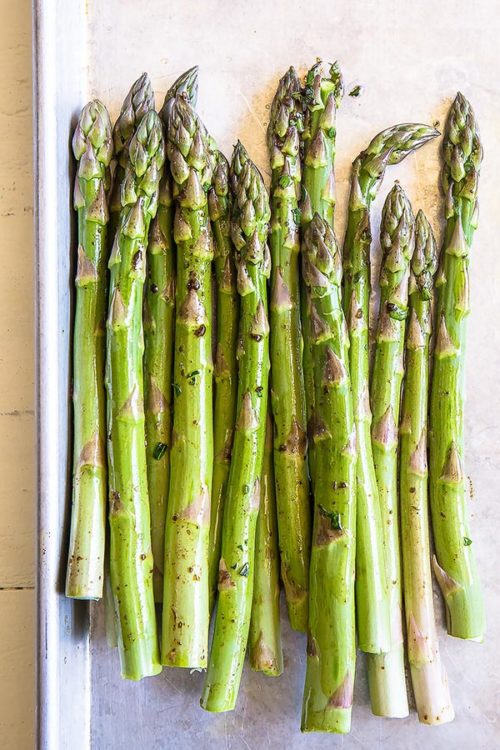
Ways to Cook Asparagus
1. Boil
Some salad or pasta recipes may instruct you to parboil or blanche asparagus beforehand. This is a good way to soften the stem while allowing the vegetable to retain its bright green color. Asparagus only needs about 5-7 minutes until done. Remove the stems from the water and immediately plunge them in cold water to prevent further cooking.
2. Steam
You will need a steam basket fitted into a saucepan or pot for this method. Fill the bottom of the pot with enough water so that it doesn’t touch the bottom of the steamer basket. Trim the asparagus to fit the basket. Bring the water to a boil. Place the asparagus in the basket, cover, then reduce the heat to low. Steam until the asparagus is tender, about six minutes.
3. Roast
Preheat the oven to 400 degrees F. Arrange trimmed asparagus in a single layer on a greased or foil lined baking sheet. Coat the asparagus with a couple tablespoons of olive oil, then sprinkle with salt and pepper. Roast until tender, about 10 minutes for thin asparagus, 20 minutes for thicker asparagus.
4. Grill
Set up grill for direct cooking over medium heat. Coat trimmed asparagus with olive oil. Season with salt and pepper. Place the asparagus directly on the grill or in a grill basket. Grill until tender and lightly charred, about 5 minutes.
5. Stir Fry or Sauté
In a nonstick skillet or a wok, heat two tablespoons of oil over high heat. Add trimmed asparagus. Season with salt, and pepper. Cook, stirring often, for three minutes. Add two tablespoons of water, and continue to cook until the asparagus is tender, about three more minutes.
This article was written by Lisa Bynum for Busy Cooks.
Stay connected and join Busy Cooks community:
FACEBOOK | PINTEREST | INSTAGRAM
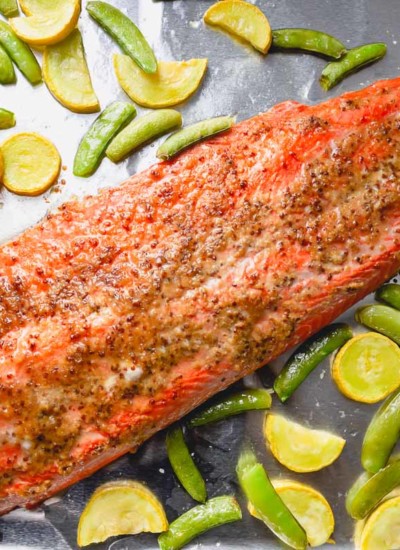
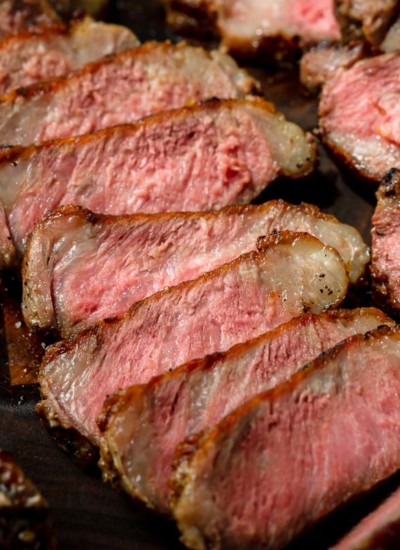
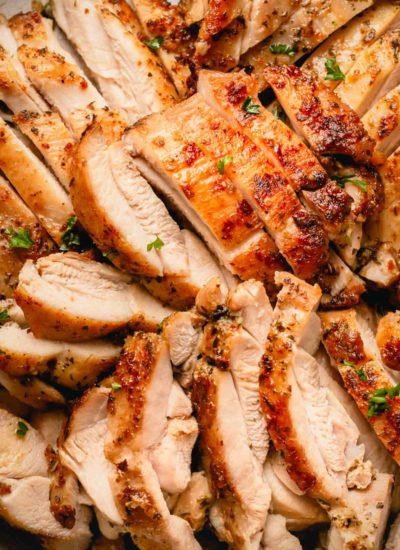
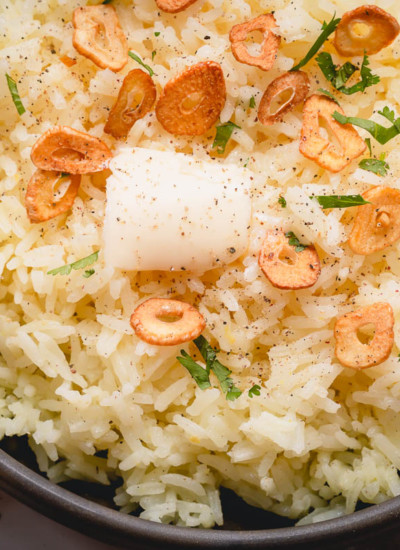

Comments + Reviews